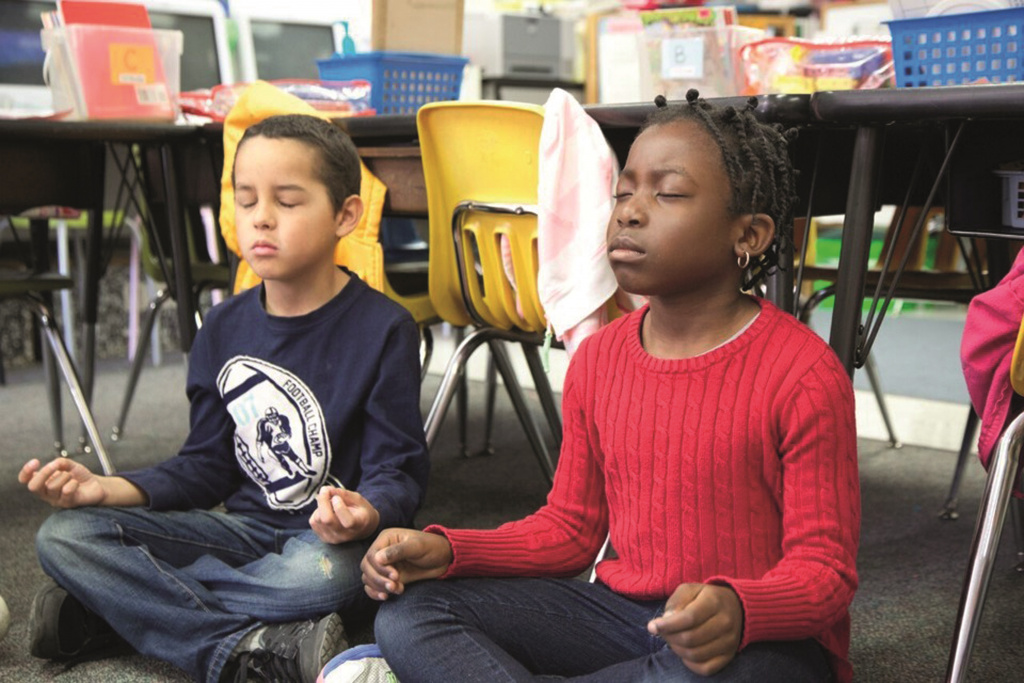
At a time when resilience in children, teachers and families is reaching crisis point, a school in America hits the news by replacing detention with meditation with amazing results - it was reported that since setting up the programme two years ago, the school has not issued a single suspension! (1)
What is Mindfulness?
There are many definitions, but the most widely accepted in the West is Jon Kabat-Zinn’s famous definition of mindfulness: (10)
“paying attention in a particular way: on purpose, in the present moment and non-judgementally.”
At the same time mindfulness has an association with resilience, where the Oxford dictionary defines resilience as:
“The capacity to recover quickly from difficulties; toughness” and “The ability of a substance or object to spring back into shape; elasticity.”
There are many factors associated with resilience, but we have summarised them into four main categories;
- The capacity to make realistic plans and take steps to carry them out
- A positive view of yourself and confidence in your strengths and abilities
- Skills in communication and problem solving
- The capacity to manage strong feelings and impulses